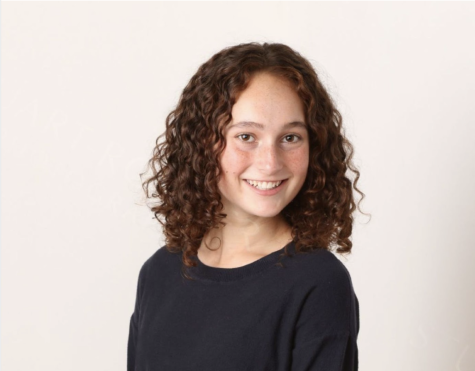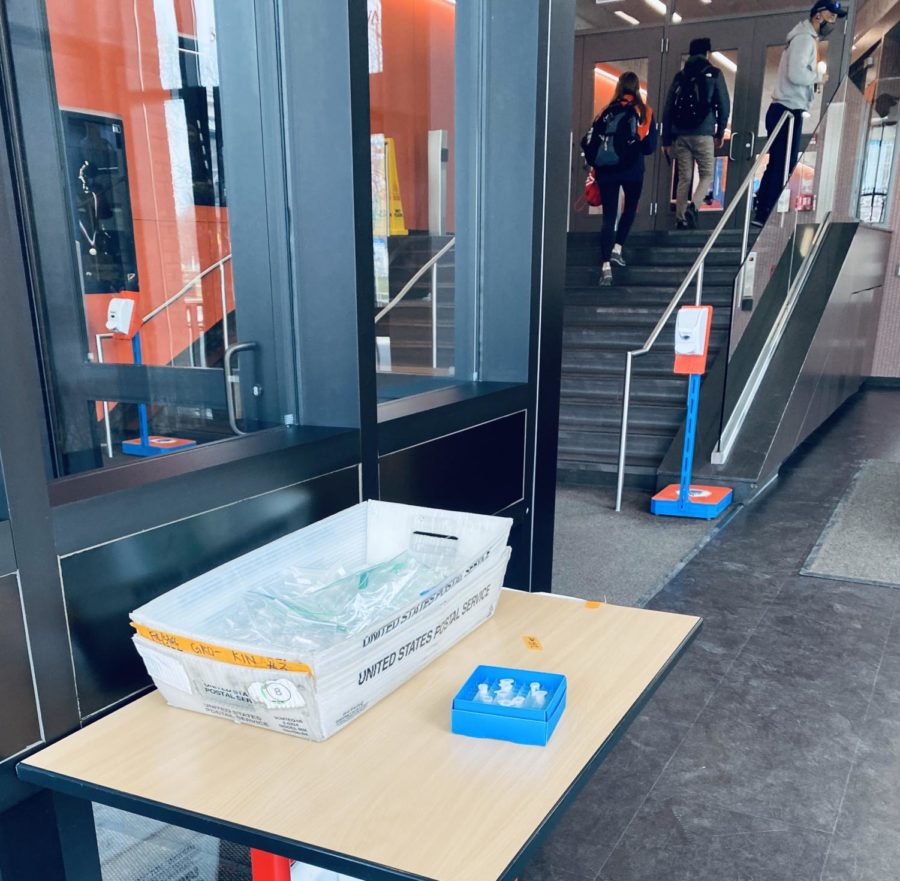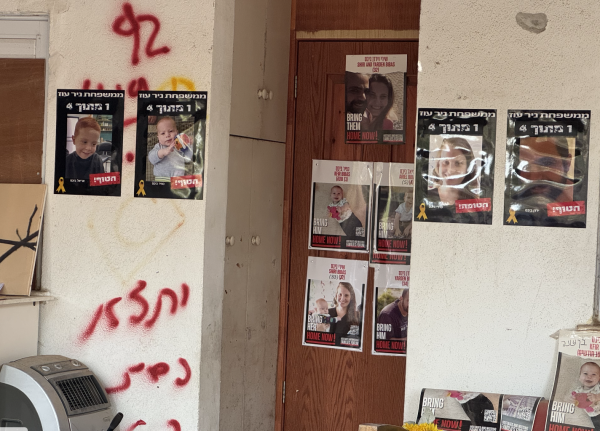Saliva Screening: A Waste of Money?
Students enter the school building after dropping off their potentially positive samples.
What would you do with $130,000? Maybe purchase 11,840 1.5ml polypropylene centrifuge tubes and ask kids to fill them with spit? Over the remainder of the year, Latin plans to spend an additional $120,000 on “another layer of mitigation”; here is why the school might consider spending that money elsewhere.
While both the CDC and CDPH urge schools to assist their symptomatic faculty, staff, and other community members in the process of receiving a COVID test, neither organization advocates for school-wide testing of asymptomatic individuals. According to the CDC’s website, “it is not known if testing of all staff, teachers, and students at one point in time (referred to as entry testing or universal one-time testing) provides any additional reduction in virus transmission above the key mitigation strategies recommended for schools.”
The IDPH does mention that schools might consider asymptomatic testing if the risk of transmission is moderate to high. Chicago is currently seeing about 10 new cases per day per 100,000, which is considered low risk by the CDC.
Spitting into a plastic tube once weekly may not be a taxing exercise for students or teachers, but financially, the screening program is not exactly trouble-free. One RT-LAMP testing kit costs the school $11, which equates to a weekly cost of about $13,000, depending on the number of kits collected. Since testing began back in January, Latin has spent over $130,000 on screening, collecting 11,840 kits, and identifying only 11 positive saliva samples. If the school continues to screen over the remaining months of the academic year, they are looking at a total cost of over $250,000, enough to grant 100 teachers a $2,500 bonus. “I would not complain about that,” said Upper School science teacher Dr. Felix Amankona-Diawuo.
If the administration has decided that this is a cost that they are willing to stomach, the question becomes, with the exception of keeping a few individuals home from school, how have the results of the screening informed mitigation measures? According to Dr. Leslie Cordes, Latin’s Senior Medical Consultant to Latin’s COVID-19 Response Team, they have not. “Even with this added measure,” said Dr. Cordes, “the main mitigation measures that have been in place since the start of school in the fall—namely, masking, distancing, hand washing—remain the most significant measures available to decrease the risk of spread of SARS-CoV-2, the virus causing COVID-19.”
The way Latin’s screening process is designed, students, faculty, and staff submit their samples on campus in the middle of the week. Therefore, there is a significant possibility that the individuals who tested positive dropped off their saliva while contagious and proceeded to move through their school day as normal. It is also plausible that someone who tested positive on Wednesday was also contagious and inside the building on Monday and Tuesday, as well as the previous Friday. How much transmission risk is decreased by detecting an individual on one of seven days is unclear. Pulmonologist, critical care physician, and Latin parent Dr. Kristin Walter said, “If they are in school for a few days before receiving a positive test, the fact that they are wearing masks and socially distanced while at school decreases, but certainly does not eliminate, the likelihood that they would spread the virus to the Latin community.”
So, if masks and distance are enough on Monday, Tuesday, and Wednesday, what is different the rest of the week? Over the course of the entire first semester, and across all three divisions of the school, Latin suffered only one known in-school transmission. Though it is certain that COVID entered the school on numerous occasions, it was passed on inside the building or on the sport courts only once, proving Latin’s mitigation measures were exceptional even before implementing weekly testing.
Because Latin did not publicly disclose context regarding the one case of in-school transmission, it is impossible for the community to know if the transmission might have been prevented by adding additional mitigation measures. The virus could have theoretically been passed between two unmasked and carefree students at tennis practice, or between two unmasked teachers eating lunch. The school’s leaders could have shared the department in which the transmission occurred, whether it was between students, teachers, or both, or what they believed to be the cause.
Though saliva screening is not the most effective tool in preventing the spread of COVID, it may provide a sense of security, whether or not it be a false one, to the community. “The saliva screening does make me feel more comfortable coming to school,” said Assistant Upper School Director Karen Horvath. “However,” she added, “if the saliva screening program were stopped, I would still feel comfortable coming in to work. I am confident in the additional safety parameters we have in place.”
Dr. Amankona-Diawuo appreciates the school’s efforts to create an environment that is as safe as possible during a pandemic but wonders how important the saliva screening is to Latin’s greater mitigation plan. “Is it just part of the ‘hygiene theater,’” he asked, “or kind of something we do to make ourselves feel like we are doing something, but it’s actually not effective?” Recognizing varying comfort levels with in-person learning, Dr. Amankona-Diawuo said, “Feeling safe is important, too. The question is, are these practices actually making it safer?”
While the impact of saliva screening on the risk of in-school transmission is uncertain, the program may in fact be increasing the risk of virus spread outside of Latin’s walls. Senior Ashna Satpathy said, “A lot of students, myself included, have begun hanging out outside of school with each other without masks. When I see my friends without masks, we often say, ‘Well, at least we can guarantee that we are all tested once a week.’” Though the few individuals who were positive at the time of testing—an average of 1.1 people per week across all divisions—can know to opt-out of weekend gatherings, a negative saliva screening result does not provide immunity. A student could still contract the virus between the time they drop off their sample and their Sunday lunch plans. If the saliva screening is giving unmasked get-togethers a green light, then it may be doing more harm than good.
Perhaps it is not the most pressing issue during a pandemic, but Latin’s Green Group hopes that if Latin continues weekly testing, they do so with more environmental awareness. One month’s worth of testing equipment for an individual contains five plastic bags and four 3-inch-long straws, in addition to the collection tubes themselves. If the plastic bags are not immediately discarded upon submission, they are tossed once they arrive at the lab. According to Dr. Walter, there is no need for the samples to be transported in plastic bags. On behalf of the Green Group, junior Keely Moll said, “If somehow students were given their own sealable bag to reuse every time we take or turn in saliva sample kits, this would be a much less wasteful process.” Saliva collection may be slightly more challenging in the absence of a straw, but it would not be impossible.
It may be worth noting that the City of Chicago already publishes weekly reports on positivity rates and testing volume by zip code. With cases in the greater city decreasing, maybe Latin does not need to be collecting data on their own community prevalence and could instead use the cost-free statistics available to get a sense of how much virus might be entering its buildings. Rather than testing on a weekly basis, perhaps the school could use this COVID luxury as a temperature check after breaks, when gatherings and travel increase, or if the city’s cases begin to climb again.
Before the screening program even began, Dr. Cordes said on a community Zoom call, “The mitigation practices that have been in place have been amazing.” She spoke highly of Latin’s nursing staff who have been involved in screening, advising, and contact tracing, and said, “All the hard work was done before I got here, to be honest.” She added, “We are doing a phenomenal job of preventing in-school transmission.”

Eden Raviv (‘23) is eager to bring relevant stories and perspectives to the Latin community in her second year as Editor-in-Chief. Eden joined The...

Ava Falk (‘23) is thrilled to be contributing to The Forum as a Media Editor. In her time writing for The Forum, Ava has highlighted staff departures...




















































Tom Ramsey • Mar 23, 2021 at 3:08 pm
Good article about an important topic! But one issue that was not addressed in the article pertains to behavioral modification effects of the testing program… just the presence of such a testing regimen has the effect of pushing study participants to modify their behavior/choices towards the safe/safer realm. So, such a testing program has the end result of improving population safety. This point was not considered or certainly was not made in the article.
— Tom Ramsey (Latin 1983)
Mr. Joyce • Mar 16, 2021 at 8:17 am
Eden, I really enjoyed your opening sentence—funny and arresting. Good ethos, too, having Dr. Amankona-Diawuo. I’m a fan of having the saliva screening. Perhaps if only because it makes me feel as though the management is watching out for us teachers and students, making the worried ones among us feel heard. That said, your piece makes a sensible case for looking at the way we spend our money. Thanks for a thoughtful read!